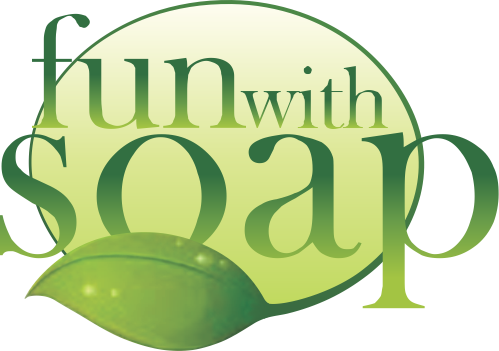Adding preservatives
Preservatives are essential ingredients in many cosmetic and personal care products to prevent the growth of harmful microorganisms, such as bacteria, yeast, and mold. They help extend the shelf life of products and ensure their safety for use. If you’re formulating products like lotions, creams, or liquid soaps that contain water or water-based ingredients, it’s important to consider adding preservatives. Here are some key points to keep in mind:
- Preservative Selection: Choose a preservative that is suitable for the specific type of product you’re making. There are various preservatives available, each with its own efficacy and compatibility with different formulations. Common preservatives include parabens, phenoxyethanol, potassium sorbate, and benzyl alcohol, among others.
- Follow Recommended Usage Rates: Preservatives should be used at the recommended usage rates specified by the manufacturer. Using too little or too much can be ineffective or potentially harmful.
- Incorporate During the Formulation Process: Add the preservative to your product during the formulation process. Follow the manufacturer’s instructions for when and how to incorporate it, as this can vary depending on the preservative.
- Ensure Proper Mixing: Thoroughly mix the preservative into your product to ensure even distribution. Proper mixing helps ensure that the preservative can effectively protect the entire formulation.
- Maintain Good Manufacturing Practices (GMP): Practice good hygiene and follow GMP guidelines when formulating products to minimize the risk of contamination. Use clean equipment and containers, and work in a clean and sanitized environment.
- Test for Efficacy: Conduct microbial stability and challenge tests to assess the effectiveness of your chosen preservative system. This is especially important if you plan to sell your products commercially.
- Consider pH Levels: The pH level of your product can affect the preservative’s efficacy. Some preservatives work best within specific pH ranges, so be aware of your product’s pH and select a preservative accordingly.
- Monitor Shelf Life: Keep records of batch dates and monitor the shelf life of your products to ensure that they remain safe and effective over time. Products with preservatives may still have limited shelf lives.
- Labeling: When selling products containing preservatives, accurately label them with the preservative used and any other relevant information required by regulations in your region.
- Allergen and Sensitivity Considerations: Be aware of potential allergens or sensitizing agents in your chosen preservative, as some individuals may have sensitivities or allergies to certain preservative ingredients.
It’s crucial to follow safety guidelines and best practices when working with preservatives to ensure the safety and quality of your cosmetic and personal care products. Additionally, be aware of regulations and labeling requirements specific to your region or country, as these may vary.
The guideline is calculated in % and works in minimums and maximums. So if you need a very high amount of preservative you will base your calculation on the maximum percentage. We supply 2 different preservatives: Kemaben (methylparaben & propylparaben) & Euxyl k100 (paraben free) for further information you can click on the product for additional informatioin which will give you the usage amounts.
